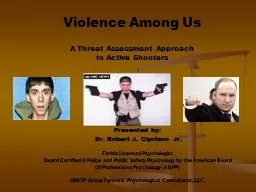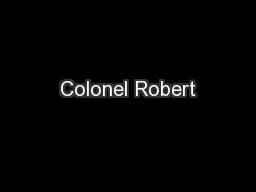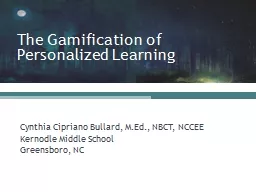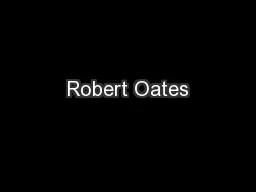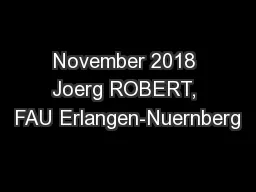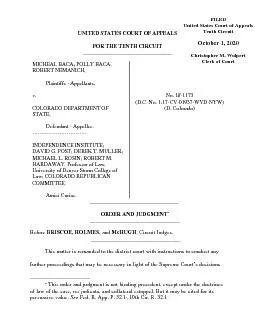PPT-Presented by: Dr. Robert J. Cipriano Jr.
Author : yoshiko-marsland | Published Date : 2019-03-15
Florida Licensed Psychologist Board Certified in Police and Public Safety Psychology by the American Board Of Professional Psychology ABPP SIMCIP Group Forensic
Presentation Embed Code
Download Presentation
Download Presentation The PPT/PDF document "Presented by: Dr. Robert J. Cipriano Jr..." is the property of its rightful owner. Permission is granted to download and print the materials on this website for personal, non-commercial use only, and to display it on your personal computer provided you do not modify the materials and that you retain all copyright notices contained in the materials. By downloading content from our website, you accept the terms of this agreement.
Presented by: Dr. Robert J. Cipriano Jr.: Transcript
Download Rules Of Document
"Presented by: Dr. Robert J. Cipriano Jr."The content belongs to its owner. You may download and print it for personal use, without modification, and keep all copyright notices. By downloading, you agree to these terms.
Related Documents

